Under Martinborough Stars
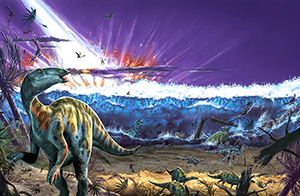
The impact of this asteroid is thought to have started a chain reaction which ultimately killed off the dinosaurs. Photo National Geographic Society
Starlight, star bright, first star I see tonight: I wish I may, I wish I might, have this wish I wish tonight.
On November 16th and 17th, Earth passes through a cloud of dust and debris left over from Comet 55P/ Tempel-Tuttle. This comet passes Earth every 33 years and leaves a cloud of dust behind it.
It is this dust that collides with Earth’s atmosphere and burns up, leaving a trail of light behind, known as meteors. Meteors is the scientific name for shooting stars.
These shooting stars are known as the Leonids meteor shower because they appear to come from the area in the sky near the constellation Leo the Lion.
These small pieces of rocky dust that burn up in our atmosphere are small and won’t hit the ground. Think the size of a piece of dust up to the size of a single piece of gravel.
If the meteoroid (a space rock on a collision course with Earth) is a few meters across bigger however, some may break up in the atmosphere, fall to Earth and land. These rocks are called meteorites.
If these meteorites are big enough, they may create a crater on the surface. On the Earth, we have many meteorite impact craters. There are at least 200 known craters on the Earth caused by falling space rocks.
The most famous meteorite hit the Earth 66 million years ago. This large rock was estimated to be between 11km and 81km wide, struck the Earth on the Yucatán Peninsula in Mexico. Its centre is located offshore near the town of Chicxulub, after which the crater is named.
This impact was thought to have started a chain reaction which ultimately wiped out much of the life on Earth including the dinosaurs.
Scientists now believe that larger planets in our Solar System can influence direction of these larger rocks and we think that it was the gas giant Jupiter that pushed this giant rock towards us.
You find craters all over rocky worlds. Mercury and the Moon are covered in them. These two celestial bodies have a very thin atmospheres. With very little protection from the atmosphere, these falling meteoroids smash into the surface leaving a crater behind. Many of the craters you see on these worlds have been smashed into repeatedly, with crater upon crater creating interesting patterns and marks on the surface.
You can see around 10 shooting stars each hour during an average night, but during a meteor shower you can see up to a thousand streaking across the sky. Meteors are fast. They travel at 70km per second. So you can understand why they were first called “shooting stars!’
On the 16th and 17th November, turn off your house lights, lie down outside on a blanket or wrap up warm in a chair, allow your eyes to get adjusted to the darkness and watch. You should be able to make a lot of wishes.
Becky Bateman runs the award winning nomadic astronomy service Under The Stars



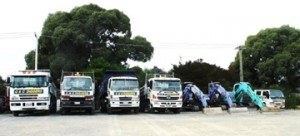
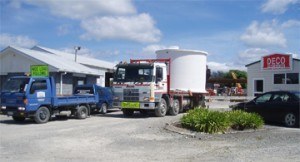




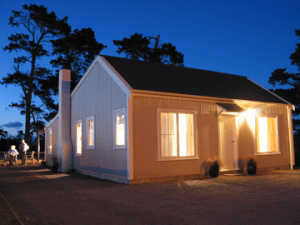


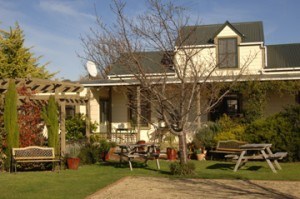

Recent Comments